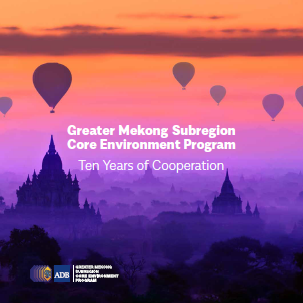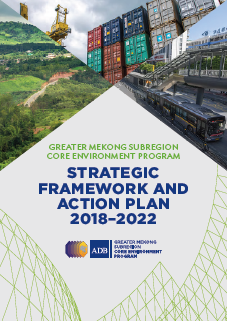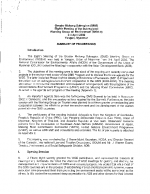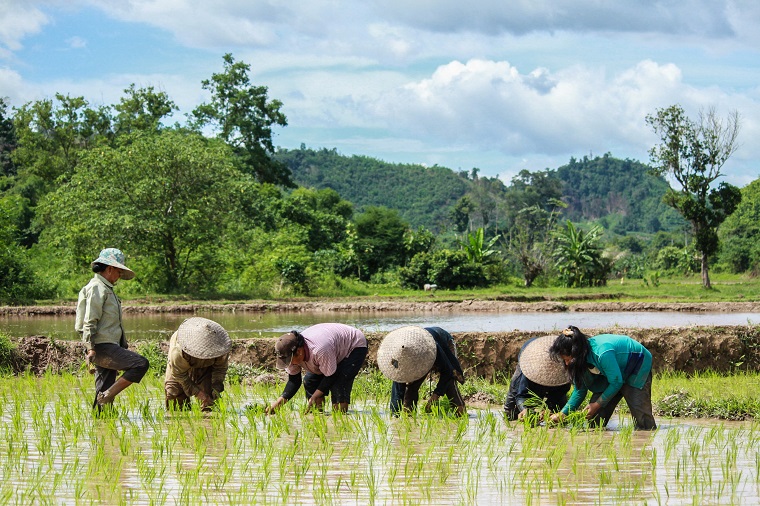
Greater Mekong Subregion Core Environment Program: Ten Years of Cooperation
Launched in 2006, the Core Environment Program supports environmental cooperation efforts to contribute to a vision of an ecologically rich subregion free of poverty.

Launched in 2006, the Core Environment Program supports environmental cooperation efforts to contribute to a vision of an ecologically rich subregion free of poverty.

The new 5-year strategy will focus on three priority thematic areas: green technologies and sustainable infrastructure, natural resources and ecosystem services, and climate resilience and disaster risk management.
Cambodia and Thailand have agreed to work together to protect wildlife and ecosystems in transboundary forest areas.
The German government is supporting two projects between Cambodia and the Lao People’s Democratic Republic (Lao PDR), and between Cambodia and Thailand to better manage resources in the Mekong River basin and address flood and drought issues.
A $10 million climate insurance program targets women farmers in Africa and Asia, including Cambodia and Myanmar.
HONG KONG, CHINA (2 February 2018) — The Asian Development Bank today signed a $100 million loan facility agreement with China Everbright International Limited to help a series of municipal waste-to-energy plants in primary and secondary cities in the Mekong Delta.
CHIANG MAI, THAILAND (1 February 2018) — Environment ministers from the six countries of the Greater Mekong Subregion endorsed a 5-year environment agenda that includes more than $540 million worth of priority projects to spur green investments and increase environmental cooperation to help the subregion achieve sustainable growth.

This publication summarizes the outcome of the Twelfth Meeting of the Working Group on Environment (WGE-8) held in Yangon, Myanmar on 3-4 April 2002.

Rural communities in the Greater Mekong Subregion are vulnerable to climate-related disasters, such as floods, droughts, and storms. Risk financing can help people protect their livelihood and productive assets better through a combination of risk retention, risk sharing, and risk transfer mechanisms. Photo: ADB.
Risk financing can help at-risk communities better cope with the economic costs of natural disasters and extreme weather.
At the southernmost tip of the Mekong Delta, Vietnamese shrimp farmers are going organic and restoring mangrove forests to help protect coastal communities against sea level rise.